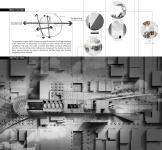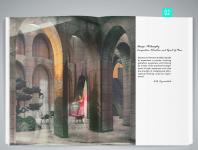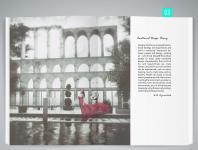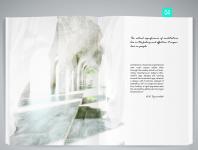Introduction
Amid its countless kinds of cultural racket, it seems that human society has lost the formula for a pause. At the same time, the wilderness, as a metaphor for a cultural and mental void, has paradoxically taken over the heart of our metropolises. The metropolis, controlled entirely by human action, becomes an addictive machine, as Rem Koolhaas claims in Delirious New York, with mythical power as mighty as the forces of nature. Its congestion generates excess distractions and pointless products, leading inevitably to environmental and mental filth. The city becomes a closed cosmos in which inhuman amounts of background noises, which only grow stronger in this era of the digital revolution, multi-corporate globalization, computer screens replacing every human activity, and reality under constant surveillance. Therefore I see fit to commemorate in our collective memory the basic, primeval need for coming together around a core of silence, of being together in an unmediated way, before the passage of years and generations, before we forget that once we were a society that gathered not only in front of a screen. Hence, the city needs a pause!
Proposal
The building is composed of a collection of spaces that offer people the opportunity to behave freely and differently than how they’re used to within the city today. In order to create a variety of spaces, qualities of influential experiences are extracted to their essence and projected in space through different parameters such as light, shadow, texture, nature, sound, etc. Each part stimulates the visitors’ senses in a unique manner, but all of them share a white identity in order to neutralize any sense of overload. In addition, cellular signals are jammed to prevent distractions.
The Void
We are not interested in complex form or architectural ‘objects’ that do not respond to the contingent or ordinary but a deeper understanding of space and human experience. It is space that is complex and the things that happen within it that hold the biggest challenges. In this regard we will engage with the concept of the void – that useful ‘not ing’ that is so often taken for granted. In modern western philosophy the void and emptiness has often been seen as negative in more than one sense of the word. It has been viewed as a fearful nihilistic ‘other’ space. However, the concept of nothing and zero is ancient in the east and has a place as much as any other physical element. The void rather than being nothing is something – where its otherness is rich with imagination and possibility. A space that can be intimate or sublime, it is the formless field that allows things to dwell or move, as well as the space in between or the hollow contained within. The void suggests both absence and presence and is a process involving negation – towards nothing, zero, entropy, erasure, tabula rasa.
2019
0000
Location: Tehran, Iran
Amir Hossein Teymourtash
Favorited 1 times









